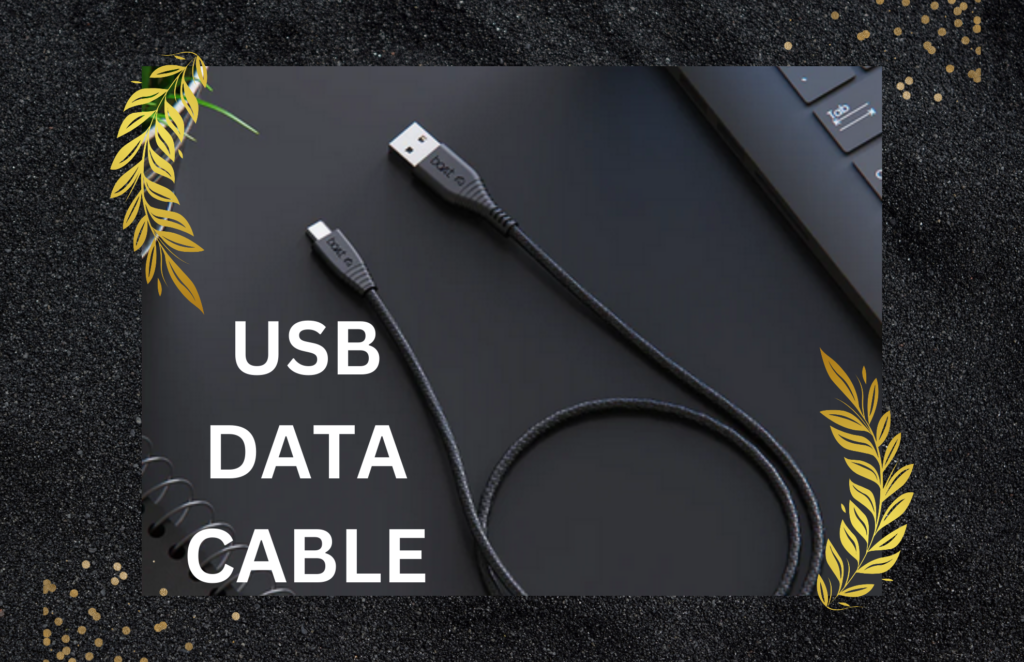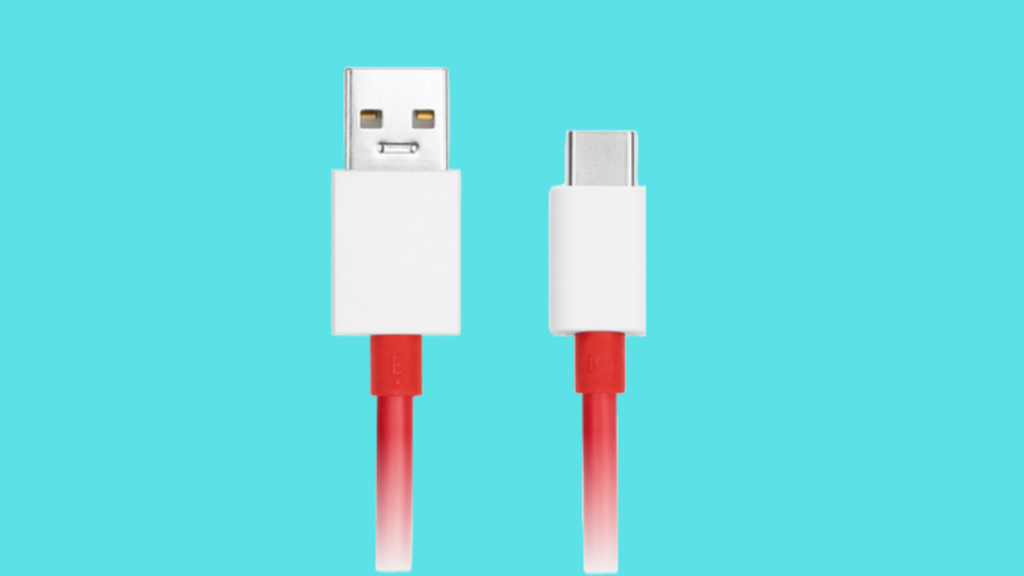Exploring the Versatility of Best USB Data Cables 2024

Table of Contents
Introduction
If you’ve ever connected a device to your computer or charger, chances are you’ve used a USB data cable. These unassuming cords play a vital role in our modern digital lives, facilitating the transfer of data and power between devices. Let’s delve into the world of USB data cables, exploring their evolution, types, importance, and what the future holds for them.
Evolution of USB Data Cables
USB 1.0 and 2.0
USB 1.0, introduced in 1996, revolutionized connectivity with its standardized plug-and-play interface. However, it was limited in speed, prompting the development of USB 2.0 in 2000, offering faster data transfer rates of up to 480 Mbps.
USB 3.0 and 3.1
With the demand for faster data transfer, USB 3.0 emerged in 2008, boasting speeds of up to 5 Gbps. USB 3.1 followed, doubling the speed to 10 Gbps, enhancing efficiency and productivity.
USB-C
The latest innovation in USB technology is the USB-C connector, characterized by its reversible design and versatility. It supports faster data transfer, higher power output, and is becoming increasingly prevalent across devices.

Types of USB Data Cables
These cables come in various types, each catering to different devices and functionalities.
Standard USB-A to USB-B
These cables are commonly used to connect devices such as printers, scanners, and older external hard drives to computers.
Micro USB
Popular in smartphones, tablets, and other portable devices, micro USB cables are known for their compact size and widespread compatibility.
Mini USB
Though less common now, mini USB cables were once prevalent in digital cameras, MP3 players, and game controllers.
USB-C
The future-ready USB-C cables offer fast charging, high-speed data transfer, and versatility, making them ideal for modern devices like laptops, smartphones, and tablets.
Importance of USB Data Cables
USB data cables play a crucial role in our daily lives, facilitating seamless connectivity and data transfer between devices. Whether it’s syncing files, charging devices, or connecting peripherals, USB cables simplify our digital interactions.
Factors to Consider When Buying USB Data Cables
When purchasing data cables, several factors should be considered to ensure optimal performance and compatibility.
Compatibility
Ensure that the cable is compatible with both your device and the port you intend to use it with.
Durability
Opt for cables with reinforced connectors and sturdy construction to withstand frequent use and prevent breakage.
Length
Choose a cable length that suits your needs, whether it’s for charging from a distance or connecting devices close by.
Data Transfer Speed
Select cables with higher data transfer speeds for quicker file transfers and efficient syncing.
Tips for Maintaining
To prolong the lifespan of your data cables, follow these maintenance tips:
Avoid excessive bending or twisting of the cable.
Keep connectors clean and free from dust.
Store cables neatly to prevent tangling and damage.
Unplug cables gently by grasping the connector, not the cable itself.
The Future of USB Data Cables
As technology continues to evolve, so will USB cables. We can expect further enhancements in speed, efficiency, and compatibility, ensuring seamless connectivity across all our devices.
Conclusion
USB data cables have become indispensable tools in our interconnected world, enabling us to transfer data and power with ease. From the early days of USB 1.0 to the latest USB-C connectors, these cables have undergone significant evolution, catering to our ever-growing technological needs. By understanding their types, importance, and maintenance tips, we can harness the full potential of USB data cables in our digital endeavors.
Unique FAQs
While many USB cables are interchangeable, it’s essential to check compatibility with your device and its specific requirements.
Yes, you can use USB-C cables with older USB ports using adapters or converters, but you may not achieve the full speed or functionality of USB-C.
If your USB cable stops working, try cleaning the connectors, testing with different devices, and ensuring proper connection. If the issue persists, consider replacing the cable.
Longer USB cables can lead to voltage drop, affecting charging speed. Opt for shorter cables or ones with thicker conductors for faster charging.
Not all USB-C cables support fast charging. Look for cables labeled with USB Power Delivery (USB PD) or Quick Charge compatibility for fast charging capabilities.

Pingback: Exploring the Significance of 'What is Data Cable?' 2024 - reviewsmarts.com
Pingback: Best Apple IPhone Charger Cable 2024 - reviewsmarts.com